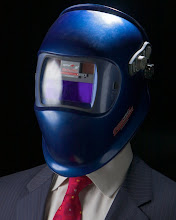This is a short and informative to the layperson type explanation. This is not intended to be a complete theoretical bible for people who know the deep inner workings of color theory and digital color management. My goal is to give someone who is confused by the very mention of color profiles the knowledge to be able to apply the use of profiles to their particular workflow, and know more or less why.
Today I am going to start out with device profiles. What are device profiles? An over simplified explanation of device profiles is that they are just a list of values of how a particular device defines the colors it outputs.
Imagine there are two cameras sitting next to each other on tripods aiming at a beautiful sunset. One is a Canon and the other is a Nikon. The chips inside are made by two different manufacturers and using different technologies (CMOS and CCD for this example). Each camera looks through wonderfully sharp lenses that have unique and very secret proprietary coatings on them. The dyes used in their Bayer Patterns are formulated differently according to how the manufacturer makes them.
What will be the chances that these two camera will capture the yellow or orange shades of the sunset the exact same way? If your answer is slim to none, give yourself a prize.
The way around this problem is to have a known reference of colors. More about that in the next post.
Today, proceed knowing that every device in the real world has slight differences in the way they perceive or display color. Profiles represent a solution for this color chaos.


No comments:
Post a Comment